Stimulating your 3-year-old child's creativity through drawing
Categories:
Children's Room
 Choosing the right baby blanket dimensions according to season and age
Choosing the right baby blanket dimensions according to season and age
 How to attach a headboard (with or without drilling): quick and effective soluti
How to attach a headboard (with or without drilling): quick and effective soluti
 Waterproof sheet or mattress protector: the best solution by age group
Waterproof sheet or mattress protector: the best solution by age group
 27 Original, Useful, and Trendy Christmas Ideas for Teens 2025
27 Original, Useful, and Trendy Christmas Ideas for Teens 2025
 Christmas Activities for Baby: Creative Ideas for Home & Daycare
Christmas Activities for Baby: Creative Ideas for Home & Daycare
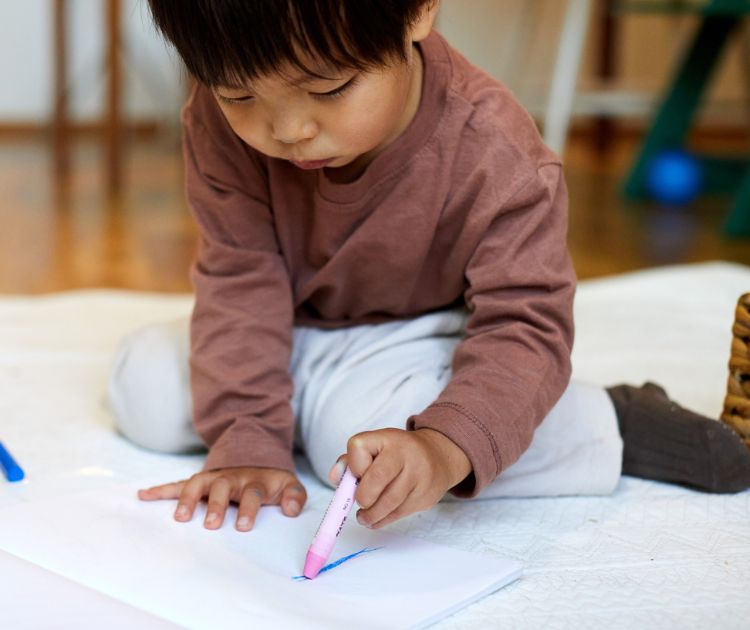
At 3 years old, drawing is a window into your child's inner world. Encouraging this activity is essential for their overall development. This guide offers practical advice and key information to support your little artist.
Drawing plays a crucial role in toddlers' growth. It's not just about scribbles, but an activity with multiple benefits.
Handling crayons or brushes helps your child develop their fine motor skills. These precise gestures strengthen eye-hand coordination, essential for daily tasks such as buttoning a shirt or using cutlery. By drawing regularly, they improve their dexterity and precision.
Drawing is a way for the child to express their emotions and thoughts. At an age when vocabulary is still limited, images become an alternative language. For example, a child drawing a house may express their need for security or family attachment. Observing their creations offers you a valuable insight into their inner world.
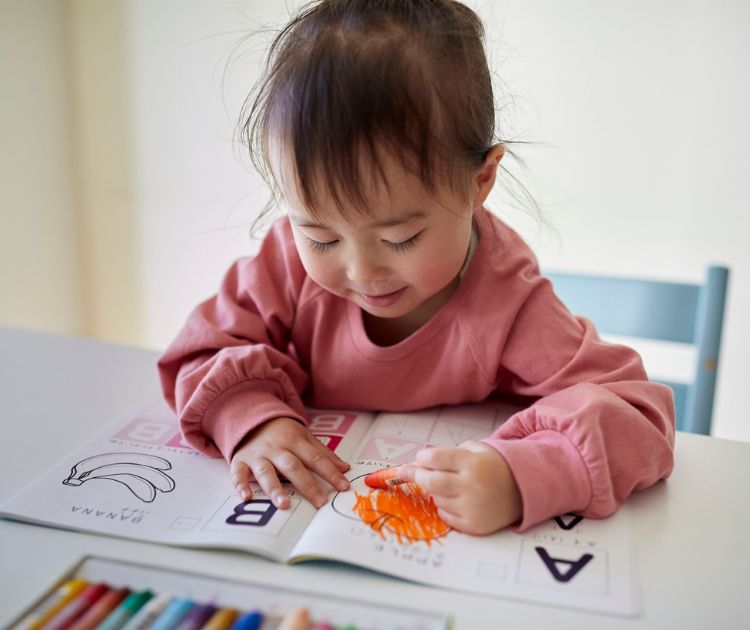
Understanding the phases your child goes through in learning to draw allows you to better support them.
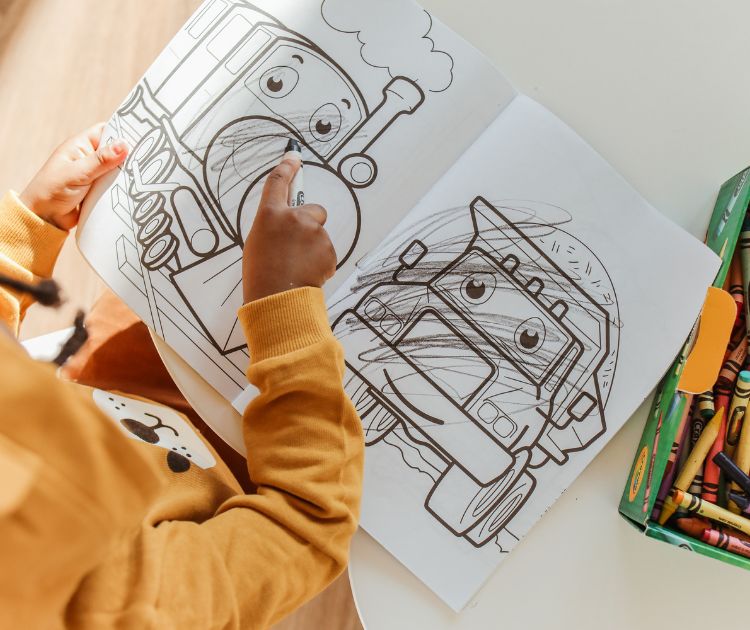
At 3 years old, your child's drawings are often messy scribbles. These seemingly random lines are actually an exploration of their environment and motor skills. It's a normal stage where the child experiments with cause and effect: "If I move my hand like this, it creates a mark on the paper."
Gradually, these scribbles transform into more defined shapes. Your child starts to draw circles, lines and may even attempt to represent familiar objects. This evolution demonstrates their cognitive development and ability to associate shapes with specific meanings.
Fostering your child's interest in drawing requires an adapted environment and stimulating activities.
Set up a dedicated drawing corner in your child's room or in another area of the house. A well-lit space, with a table at their height and various supplies, will encourage them to express their creativity. Include crayons of different colors, washable markers, paper of different textures, and even easels to vary the supports.
Propose activities that encourage drawing while having fun. For example, ask your child to draw their day, their family, or their favorite animal. Collaborative drawing games, where each person adds an element in turn, can also be very fun and stimulating. These activities not only strengthen their creativity, but also their communication and storytelling skills.
Choosing the right drawing tools is crucial to ensure your child's safety and enjoyment.
At this age, it's essential to choose supplies adapted to your child's size and strength. Wax crayons are ideal for beginners, as they are easy to hold and don't stain. Washable markers offer a variety of bright colors and are easy to clean in case of spills. Non-toxic watercolors allow for more sensory experiences, but require supervision to avoid accidents.
Safety is paramount when it comes to young children. Make sure all art supplies are labeled "non-toxic" and comply with current safety standards. Avoid small objects that can be swallowed and always supervise your child during artistic activities to prevent any incidents.
Your child's drawings can guide you on their cognitive and emotional development.
Color choices can reflect your child's emotional state. For example, frequent use of dark colors may indicate some anxiety or sadness, while bright colors may reflect joy and enthusiasm. However, it's important not to over-interpret a single drawing, but rather to observe trends over an extended period.
The increasing complexity of your child's drawings is an indicator of their cognitive development. For example, the transition from simple scribbles to recognizable shapes, then to complete scenes with multiple elements, shows an improvement in their spatial perception and planning skills. Encourage this progress by providing regular opportunities to draw and valuing their efforts.
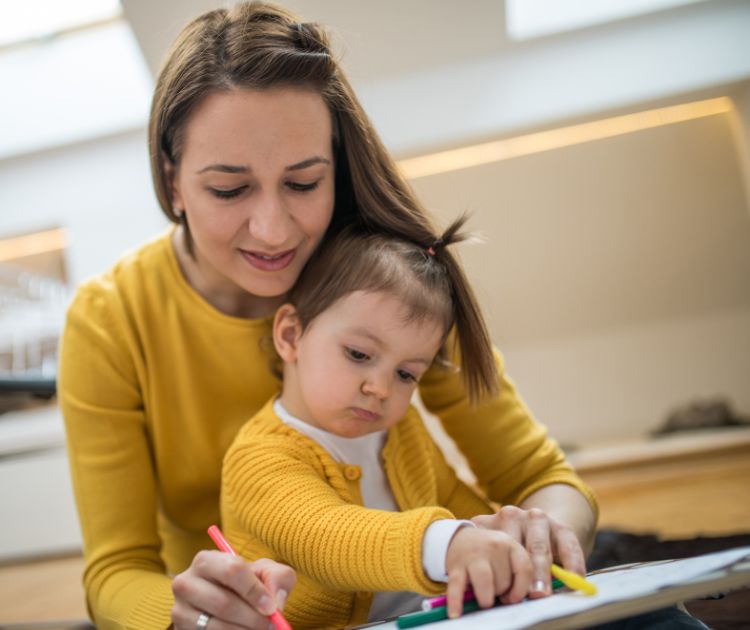
Avoid criticism: Let your child express themselves freely without judging their drawings, thus promoting their creativity and enjoyment of drawing.
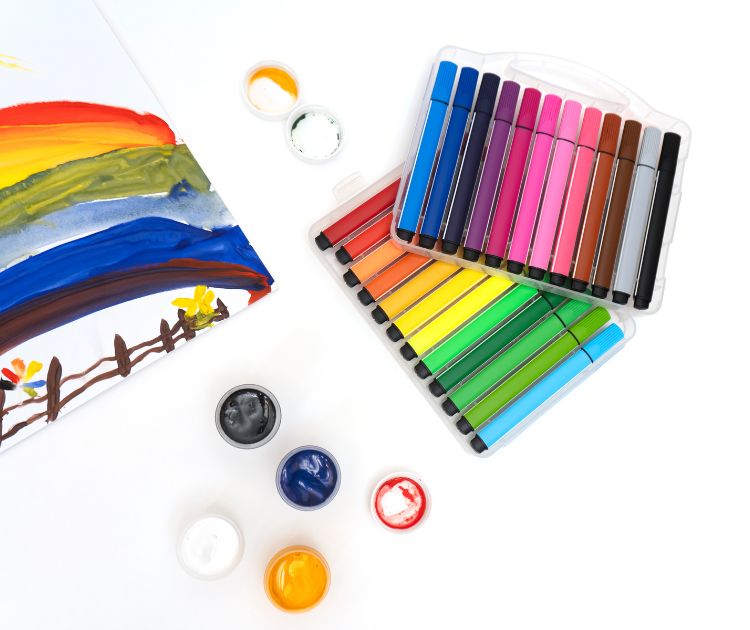
By implementing these tips and avoiding common mistakes, you'll create an environment conducive to your 3-year-old child's artistic development. Encourage their creative expression and value their efforts to help them flourish fully.
